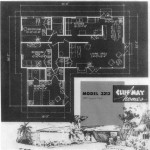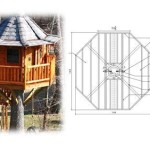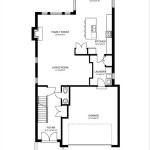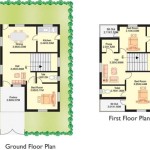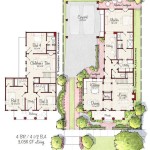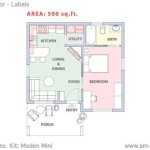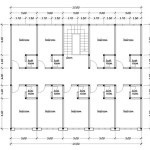Look Up House Floor Plans
Finding the right house floor plan is a crucial step in the home building or buying process. A floor plan provides a visual representation of a home's layout, showing the arrangement of rooms, walls, doors, and windows. Accessing and understanding these plans is essential for making informed decisions about a property, whether one is constructing a new home or purchasing an existing one.
There are various reasons why individuals might need to look up house floor plans. Potential homebuyers can use them to visualize the flow of the house and determine if it suits their lifestyle and needs. Contractors and builders rely on floor plans to guide construction and ensure accurate execution of the design. Interior designers utilize them to plan furniture placement and optimize space utilization. Homeowners may need to access their floor plans for renovations, additions, or simply to better understand the structure of their home.
Several resources are available for locating house floor plans. Online databases offer a vast collection of plans, often categorized by architectural style, size, and number of bedrooms. These databases may offer free access to a limited selection of plans, with premium subscriptions providing access to a wider range. Some websites specialize in historical house plans, providing blueprints for older homes or period-specific designs. Real estate listings often include floor plans alongside property photos and descriptions, offering potential buyers a glimpse into the layout of the home.
Builders and architects also maintain archives of their designs. Contacting these professionals directly can sometimes yield access to floor plans for specific homes or developments. Local government agencies, such as building departments, may retain copies of approved building plans. Accessing these records may require submitting a formal request and potentially paying a fee. For older homes, historical societies and archives can be valuable resources for locating original blueprints or drawings.
When examining a floor plan, several key elements should be considered. The overall layout and flow of the home should be assessed to determine if it meets the occupant's needs. The size and placement of rooms should be carefully evaluated in relation to furniture and intended use. Consideration should be given to the location of windows and doors, taking into account natural light and ventilation. The placement of utilities, such as plumbing and electrical fixtures, should also be noted.
Understanding the symbols and conventions used in floor plans is essential for accurate interpretation. Walls are typically represented by solid lines, while doors are indicated by swinging arcs. Windows are often depicted as rectangles with multiple lines indicating panes. Plumbing fixtures are represented by specific symbols, such as a circle for a sink or a toilet-shaped icon. Electrical outlets and switches are also denoted by standardized symbols. Familiarizing oneself with these conventions enables a comprehensive understanding of the plan.
Beyond the basic layout, some floor plans may include additional information. Dimensions are often included, providing accurate measurements of rooms and overall square footage. Materials and finishes may be specified, indicating the type of flooring, countertops, or cabinetry. Elevations and cross-sections can provide a more detailed view of the home's structure and exterior appearance. These additional details can be invaluable for planning renovations or visualizing the finished product.
Technological advancements have significantly impacted the way floor plans are accessed and utilized. Interactive floor plans, often available on real estate websites, allow users to virtually tour a home and explore the layout in 3D. These tools can enhance the visualization process and provide a more immersive experience. Software programs enable users to create their own floor plans, allowing for customization and experimentation with different layouts. These programs offer a range of features, from basic drawing tools to advanced 3D modeling capabilities.
The accessibility of floor plans has significantly improved the home buying and building process. Potential buyers can now easily compare different layouts and make informed decisions based on their needs and preferences. Builders and contractors can utilize digital plans to streamline construction and improve communication with clients. Homeowners can access and modify their existing floor plans, simplifying renovations and home improvement projects. The ability to look up house floor plans empowers individuals with the information necessary to make informed decisions about their homes.
Whether building a new home or purchasing an existing one, accessing and understanding the floor plan is a critical step in the process. Utilizing the available resources and understanding the conventions used in these plans allows individuals to make informed decisions and create spaces that meet their specific needs and preferences.

9 Ways To Find Floor Plans Of An Existing House Blueprints Archid

House Plans How To Design Your Home Plan

Find House Plans For Your Old Blueprint Search Nethouseplansnethouseplans

David Weekley Homes Look Up Plans By Criteria Interior Floor Plan Home How To

9 Ways To Find Floor Plans Of An Existing House Blueprints Archid

House Plans How To Design Your Home Plan

1600 Sq Ft 40 X House Floor Plan Google Search Shed Plans Sims

Craftsman House Plan With 4 Bedrooms And 3 5 Baths 5555

2 Y House Designs And Floor Plans Google Search Design Simple

House Plans How To Design Your Home Plan

